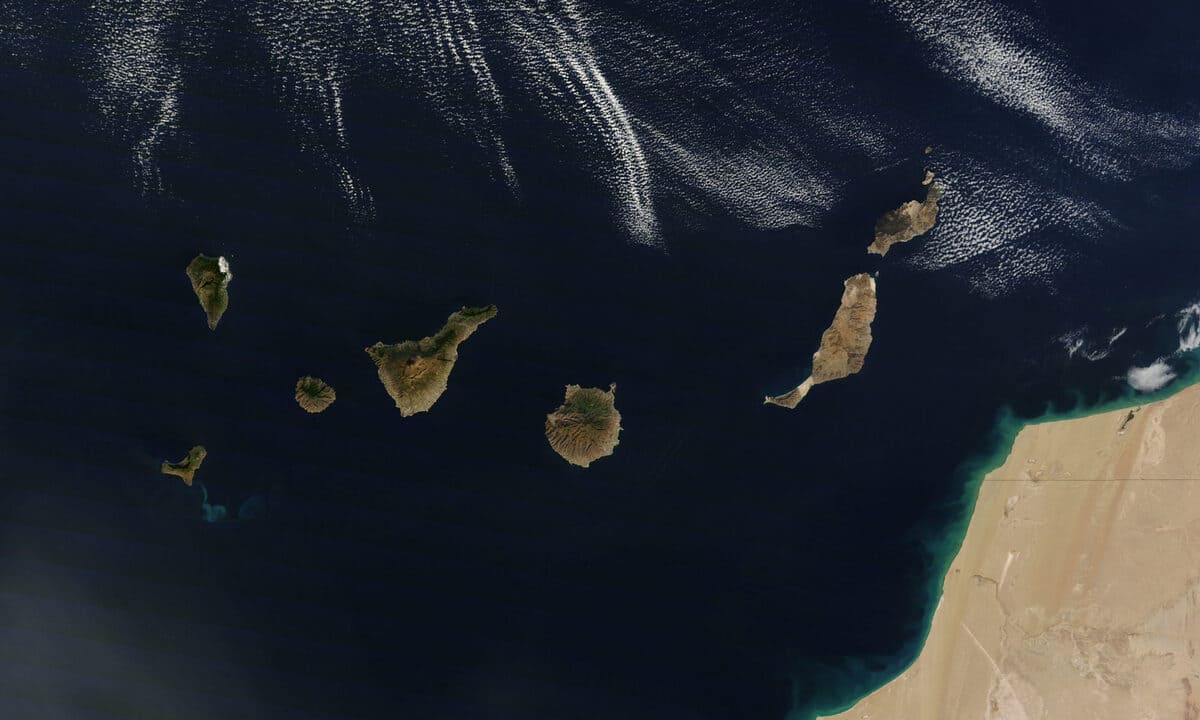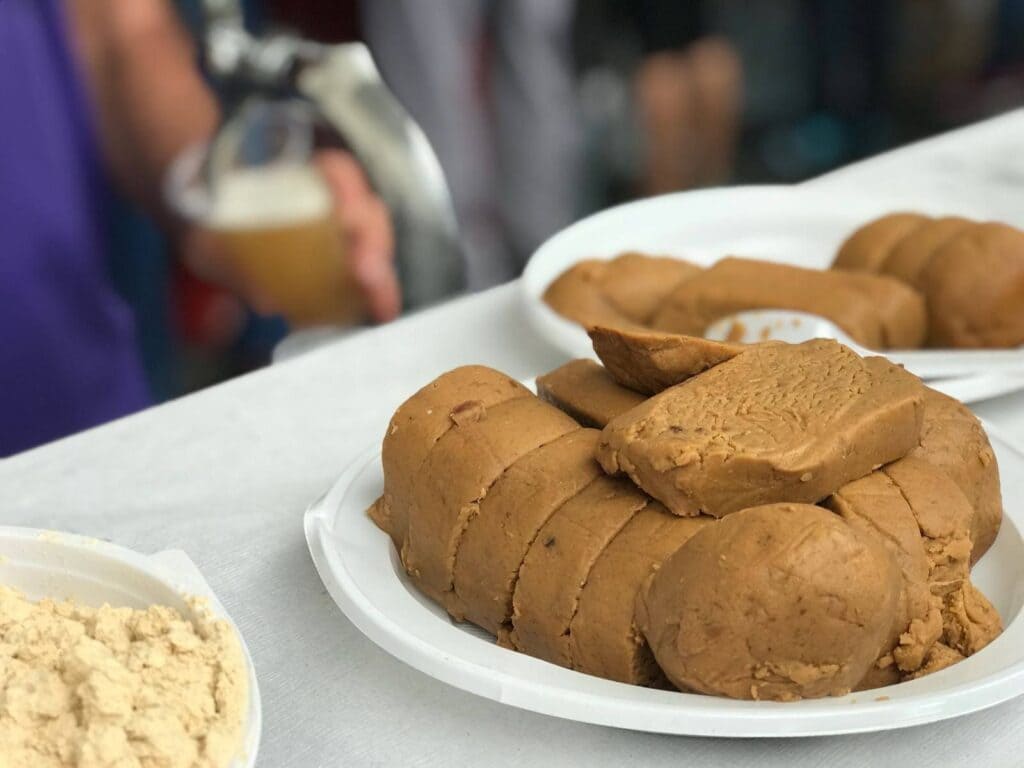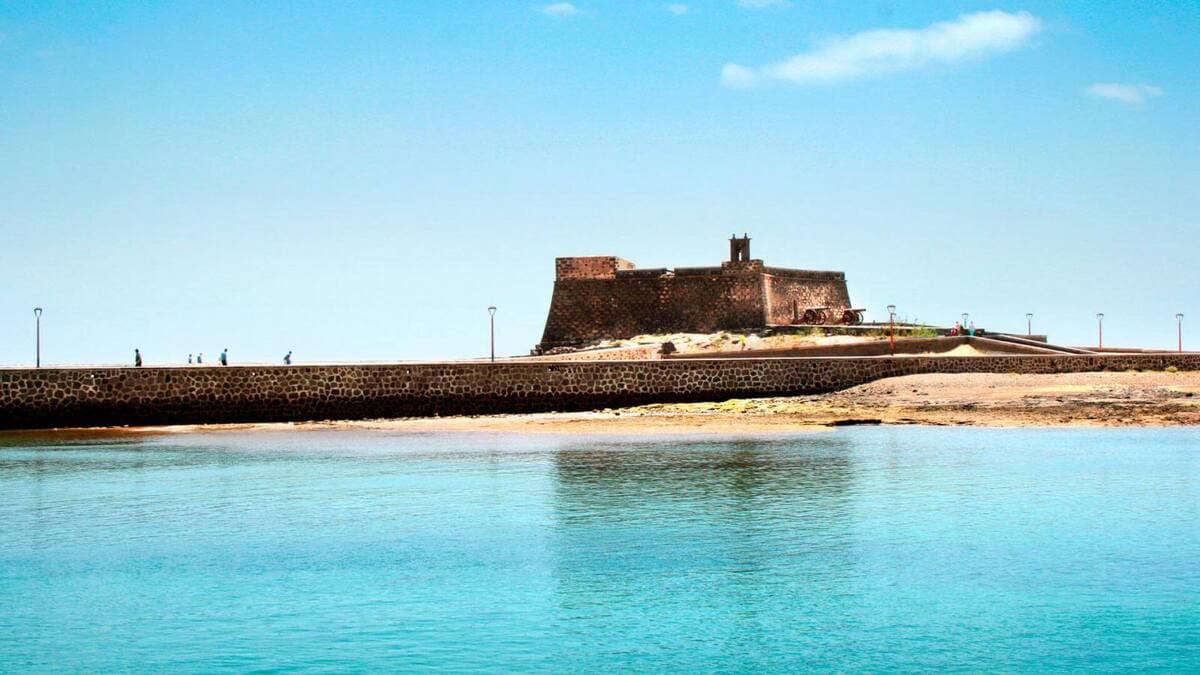Cheese is a basic and fundamental product in the gastronomy of the islands. There are numerous cheese dairies and each island has at least one type of cheese of its own. Most of the existing cheese dairies in the archipelago are family farms linked to livestock farming, which transform milk into handmade cheeses. In this article we will talk about the cheeses of the Canary Islands and the cheese-making tradition.

The peculiarities of each of the 8 islands have much to do with the diversity of cheese production on the islands. The geography and diversity, the different habitats and microclimates, the different artisan practices, the autochthonous breeds and the diet of the livestock itself confer very different nuances and textures to the elaborations and give rise to an almost endless range of cheese options to enjoy.
A little history of Canary Island cheeses
An ancient written testimony about the first settlers of the Canary Islands, the Boccaccio Manuscript, in the year 1341, refers to the abundant cheese and its good quality in the islands.
In 1494 the governor of Gran Canaria, Alonso Fajardo, ordered the creation of the first town councils of the time on the island. Due to the large amount of pastures, animals began to arrive from the Peninsula. Fernández de Oviedo affirms about his trips to the Canary Islands that there were already "cameros and goats and cows on foot and salted meat". In addition, Columbus took excellent Canary Island cheeses on some of his voyages.
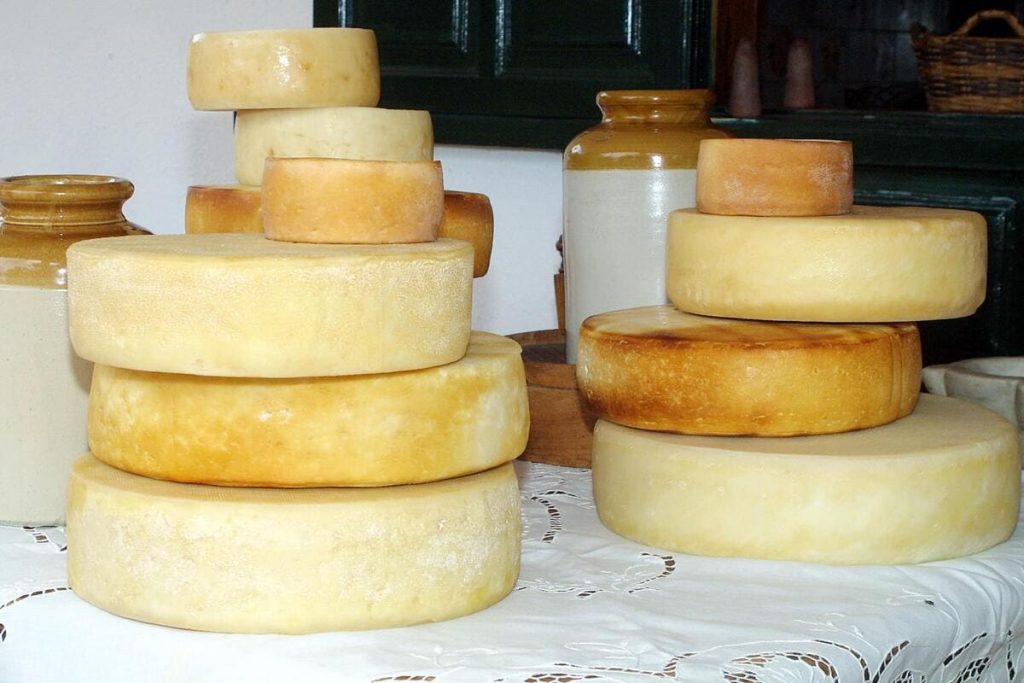
However, in 1678, Fray José de Sosa, in his Topografía, confirms that cattle were unknown in the archipelago and that the ancient Canary Islanders did not know how to "quesear".
During the 17th and 18th centuries, Canary Island cheeses began to be exported to Europe, together with the wine produced in the Islands.
The cheese tradition of the Canary Islands
Materials and tools
Cheese making requires certain facilities and strict hygienic measures must be maintained in order to obtain sanitary registration. Cheese dairies are made up of different areas. A milk reception area; an adjoining cheese making area, where there is a cold tank, a curdling vat, a draining table, presses, a mixer, an acidimeter to control the acidity level of the cheeses. In addition, there is a storage area with a ripening chamber and gauges to control the temperature and humidity of the environment.

Procedures for the elaboration of
The process begins on the farms and the care of the animals' feed and conditions. The milk can be sheep's, goat's or cow's milk, unpasteurized, also called raw milk. At first it is filtered when it is freshly milked and then it is coagulated with the addition of rennet from dried baifo stomachs or even vegetable rennet can be used.
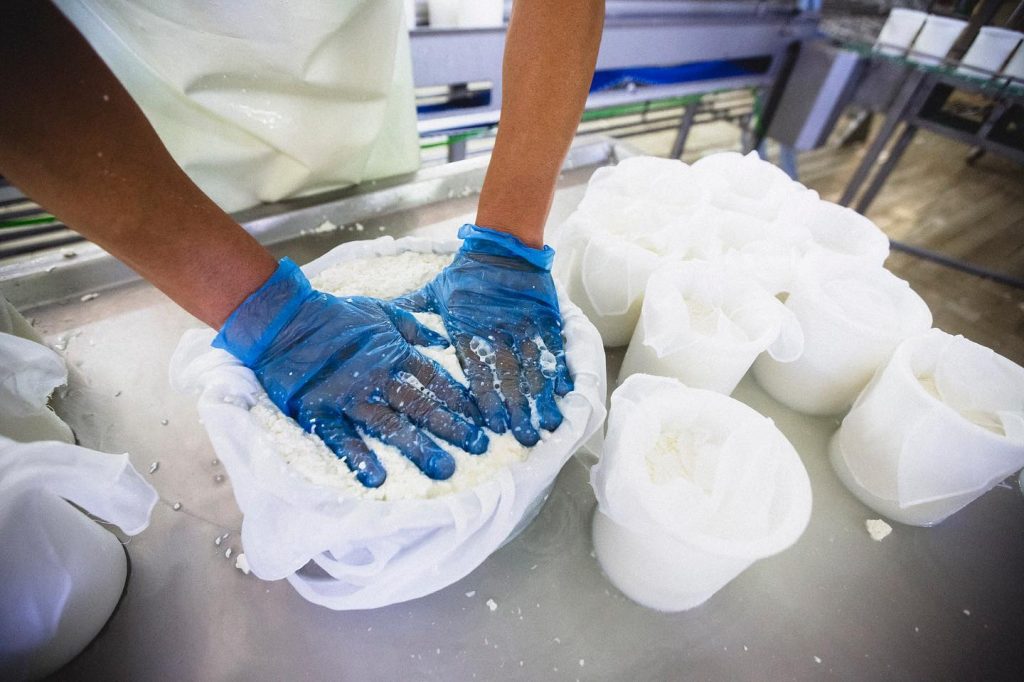
The Denominations of Origin of Canary Island cheeses
For the production of its cheeses, the Canary Islands have excellent native breeds, mainly goats, which are characterized by the extraordinary quality of their milk, their health benefits and the fact that the Canary Islands herd is free of a disease called Malta Fever. In addition, both in the production of artisan cheeses with raw milk and in the modern cheese industries, the traditional processes, passed down from father to son, are respected.
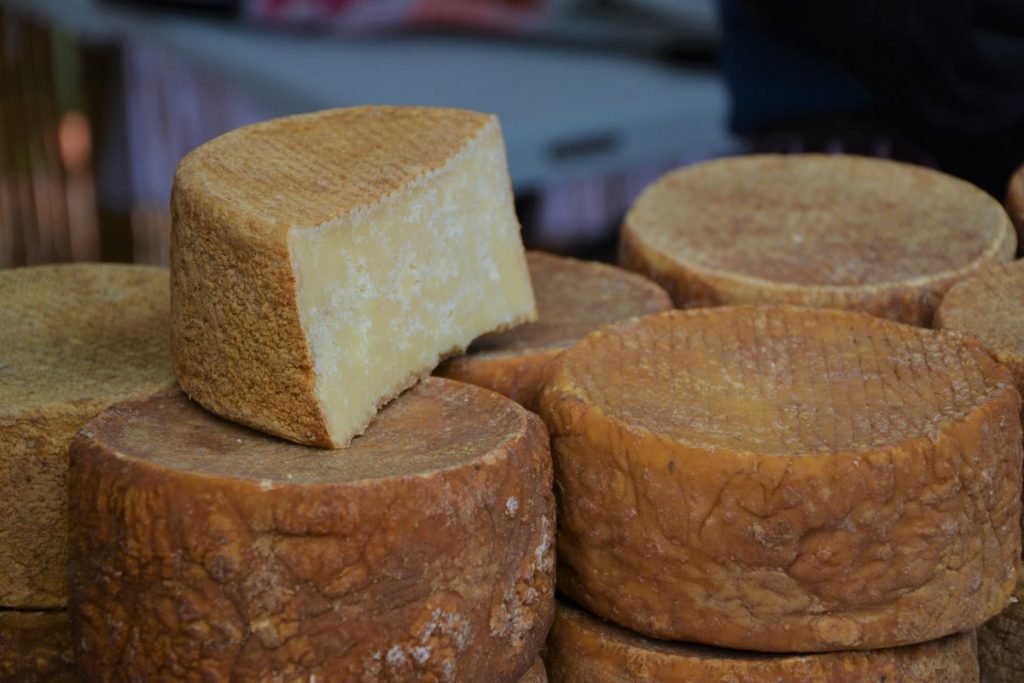
For years, important efforts have been successfully made, both by producers and Public Administrations, to make Canary Island cheeses known on the national and international scene, achieving the recognition by the European Union of the Protected Designations of Origin "Queso Majorero", from the island of Fuerteventura, "Queso Palmero", from the island of La Palma, and "Flor de Guía, de Media Flor y Queso de Guía" from the Northeast of Gran Canaria, in addition to a number of awards in various competitions; The European Union has recognized the Protected Designations of Origin "Queso Palmero", from the island of La Palma, and "Flor de Guía, de Media Flor and Queso de Guía" from the Northeast of Gran Canaria, in addition to a great number of awards in various competitions, with special relevance in the international ones, in which Canary Island cheeses have been present.
A curiosity...
The Canary Islands is the Spanish Autonomous Community that leads the consumption of cheese per person, with 11.1 kilos per inhabitant per year, according to data referred to 2015 by the Ministry of Agriculture, Food and Environment. A figure well above the Spanish average, which is 7.78 kilos, although lower than the European average of 17.2 kg.
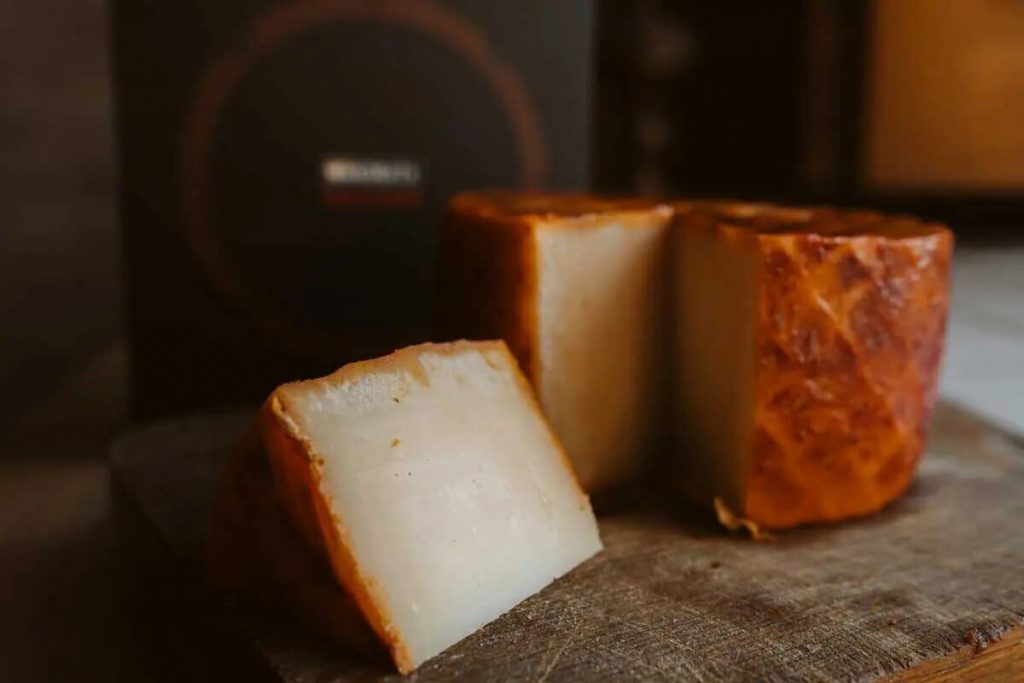
If you are interested in the world of products made in the Canary Islands and want to know more about them, here are several articles related to Canarian cheese: Denomination of Origin of Canarian cheeses; Queso de Flor, wonder of Gran Canaria; Almogrote, everything you should know about Canarian cheese pate.
Paula Vera.
Photos: economiadigital.es, holaislascanarias.com
